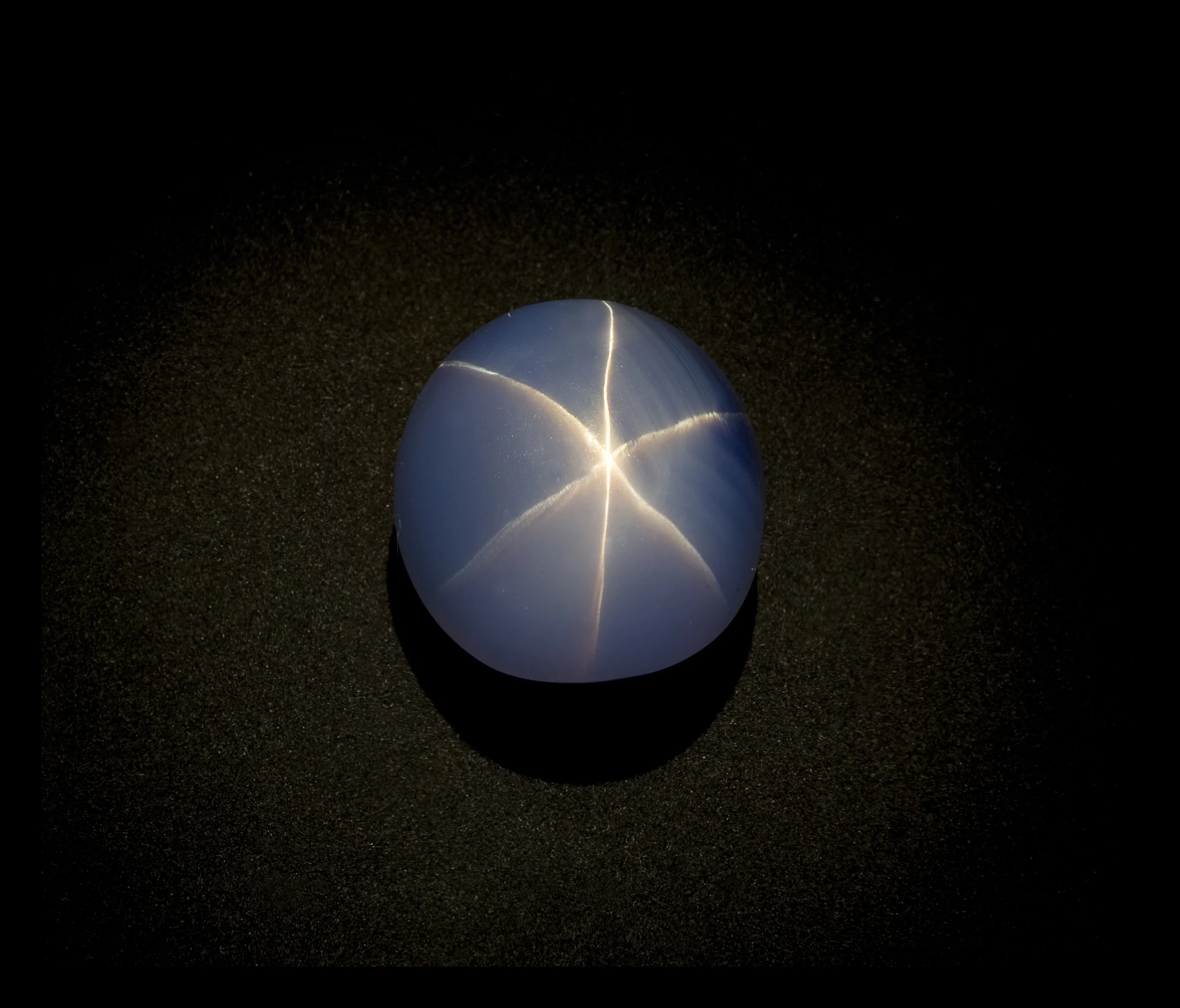Star Light, Star Bright
Watch and learn. Read on below!
The Eye Of The Universe
One could easily imagine a shooting star falling from the sky with the Star of India being the resulting find at the site of impact. The 563.35 carat star sapphire is the largest of its kind in the world. If the size is not impressive enough the near flawless gem quality of the stone should be. Additionally the sapphire has stars on both sides of the stone which is highly unusual.
The milky quality of the stone is caused by the traces of the mineral rutile, which is also responsible for the star effect, known as asterism. The tiny fibers of the mineral, aligned in a three-fold pattern within the gem, reflect incoming light into the star pattern. It is these characteristics that make this type of sapphire so prized.
Formed around 2 billion years ago. It has been speculated that the stones discovery occurred in the early 1700's in Sri Lankan.
Elusive Past
George Kunz who cut the famous Tiffany diamond was commissioned by wealthy financier JP Morgan to curate and acquire a remarkable gem collection for the Paris Exhibition of 1900. One of the stones procured by Kunz, for the exhibit was the Star of India. After the Exposition, Morgan donated the Star of India along with the rest of the collection to the American Museum of Natural History. Apart from its Sri Lankan origin, the gem's history prior to its acquisition for this collection is unknown. Kunz wrote in 1913 that the Star of India "has a more or less indefinite historic record of some three centuries". The elusive past of the sapphire continues to shroud the milky blue stone with intrigue, mystery and mythology.



